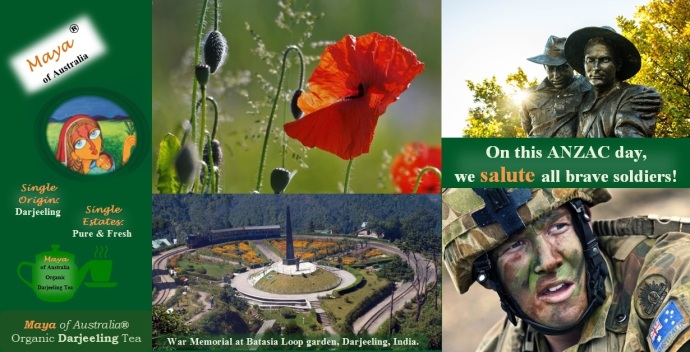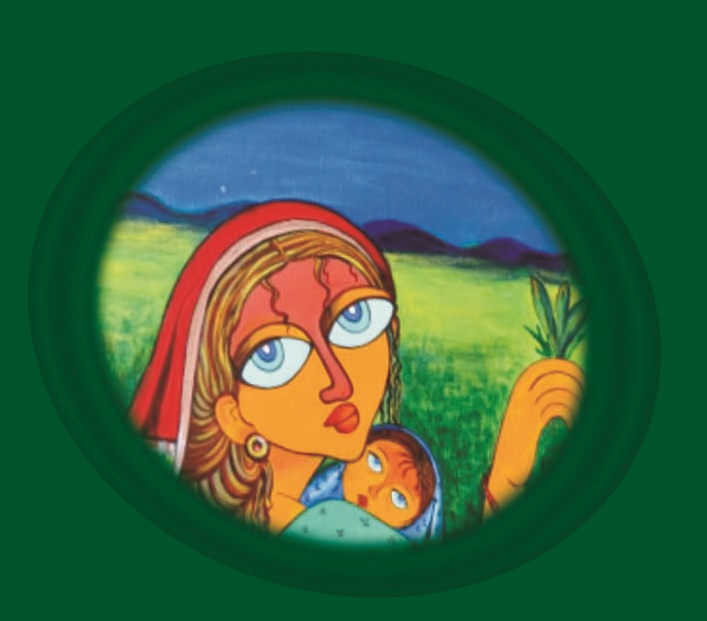
Each year, in Australia, ANZAC (Australian and New Zealand Army Corps) Day is observed on 25th April. It is the most significant national occasion to mark the battle of Gallipoli. The battle of Gallipoli that took place on the Gallipoli peninsula (now Turkey), was fought between the British forces and her allies and Ottoman Empire supported by forces including Germany, Austria-Hungary, between 25 April 1915 and 9 January 1916. This campaign resulted in heavy casualties on both sides.
India, then under the British dominion joined hands when it came to helping for a greater cause they believed in (Krishnan, 2014). The ‘HistoryLearningSite’ (2014) notes, “When war was declared on August 4, 1914, India rallied to the cause. Offers of financial and military help were made from all over the country…Indian troops were ready for battle before most other troops in the dominions… In all 47,746 were classed as killed or missing with 65,000 wounded. The Indian Corps won 13,000 medals for gallantry including 12 Victoria Crosses”.
Military historians now confirm that between 5000 to 15000 Indian army men fought in the battle of Gallipoli and that three Gurkha Divisions and one Sikh division also fought in Gallipoli alongside Australians. Interestingly, these brave men fought not only alongside their colonial cousins- the Australian forces, but as a part of, the Australian and New Zealand Army Corps (ANZAC)s and died side-by-side as well (Chhina, 2010) (Wikipedia, 2015).
In the battle of Gallipoli, given the difficult hilly terrain of the region requiring suitably trained men, Ian Hamilton, the general in command of the Gallipoli operation, knew the Gurkhas would be ideally suited in this part of the war and three divisions of the Gurkha Indian army were chosen for the operation. The 6th Gurkhas gained immortal fame at Gallipoli during the capture from the Turks for what later came to be known as “Gurkha Bluff”. At Sari Bair, they were the only troops in the whole campaign to reach the top by scaling 300 ft. almost vertical slope on their hands and knees and holding the crest line and look down on the Straits which was the ultimate objective. To quote from Field Marshal Sir William Slim’s introduction to the second volume of the 6th Gurkhas’ history: “I first met the 6th Gurkha Rifles in 1915 in Gallipoli. There, I was so struck by their bearing in one of the most desperate battles in history that I resolved, should the opportunity come, to try to serve with them. Four years later it came, and I spent many of the happiest, and from a military point of view the most valuable, years of my life in the Regiment”(Gurkha Brigade, n.d).
Did you know that Gurkha or Gorkha are the ethnic group (originally from Nepal), who have settled in Darjeeling for generations. Considered loyal, fearless and quick with the traditional curved sword, the kukri, they have not only graced the British and later on the Indian military but also toiled hard in the Darjeeling tea plantations. They account for 80 percent of the people of the Darjeeling region (Crossette, 1989).
The Gurkha Regiment has been the pride of the Indian Army. Numerous Gurkha soldiers from Darjeeling hills serve the nation and over 75 soldiers have gallantly died in wars and operations following India’s independence (Darjeeling tourism.com, n.d). A War Memorial located at the center of the popular Batasia Loop garden in Darjeeling was inaugurated in 1995 to honor and to serve these brave souls.
The above further brings to the fore the deep-rooted connections between the brave ANZACs and the gallant men from the hilly regions of Darjeeling in India. There are evidences that friendships were formed on the battlefield between soldiers from the two countries (Australia and India). “There are also various Australian and New Zealand accounts — in soldiers’ diaries or in photographs that they’ve sent back home — where they refer to ‘my Indian friend’ or ‘my Gurkha friend’ (March, 2015).
And, on this ANZAC day, we salute all brave soldiers and sum up with the lines from ‘For the Fallen’ by Robert Laurence Binyon–
“They went with songs to the battle, they were young,
Straight of limb, true of eye, steady and aglow.
They were staunch to the end against odds uncounted,
They fell with their faces to the foe.
They shall grow not old, as we that are left grow old:
Age shall not weary them, nor the years condemn.
At the going down of the sun and in the morning
We will remember them!
[This article is written by Dr. Jayantee Mukherjee Saha, Director, Aei4eiA. Maya of Australia- Organic Darjeeling Tea is a brand of Aei4eiA].
References
- Chhina, R TS (2010), ‘The Indian Army at Gallipoli 1915’, Australian War Memorial.
- Crossette, B (1989), Darjeeling Journal; For Gurkhas, Little Time to Stop and Sip the Tea, The New York Times, Available online <https://www.nytimes.com/1989/04/03/world/darjeeling-journal-for-gurkhas-little-time-to-stop-and-sip-the-tea.html>
- Darjeeling tourism.com, (n.d), Darjeeling War Memorial, Available online at <https://www.darjeeling-tourism.com/darj_000018.htm>
- Gurkha Brigade, (n.d), The First World War, Available online at <http://www.gurkhabde.com/the-first-world-war/>
- co.uk (2014), India and World War One, Viewed on 9 May 2015 Available online at <http://www.historylearningsite.co.uk/india_and_world_war_one.htm>
- Krishnan, R (2014), ‘Why Indians need their ANZAC moment’, Fairfax Media Digital, New Zealand Viewed on 9 May 2015 Available online at <http://www.stuff.co.nz/auckland/local-news/local-blogs/dark-matter/9985718/Why-Indians-need-their-Anzac-moment>
- March, S. (2015), Anzac Day 2015: Up to 15,000 ‘forgotten’ Indian soldiers fought alongside Anzacs, ABC, Available online at <http://www.abc.net.au/news/2015-04-22/indias-forgotten-soldiers-who-fought-alongside-anzacs/6406086>
- Wikipedia (2015), Gallipoli Campaign, Wikipedia, viewed on 9 May 2015, Available online <http://en.wikipedia.org/w/index.php?title=Gallipoli_campaign&redirect=no>
